Articles > Geography
If you’ve tried World Countries In 2 Hemispheres Elimination, you’ll know that some countries and their territories span multiple hemispheres, whether it’s the Northern, Southern, Eastern, or Western Hemisphere. Here’s a look at some of these countries and how they stretch across more than one hemisphere.
1. Algeria

Algeria is a North African country that lies in both the Eastern and Western Hemispheres. It is located just south of the Mediterranean Sea, lying entirely in the Northern Hemisphere. The prime meridian divides it into both an Eastern and Western Hemisphere portion.
2. Brazil

Brazil, the largest country in South America, straddles both the Northern and Southern Hemispheres. Its vast size places part of its territory in the Northern Hemisphere and the other part in the Southern Hemisphere. The equator runs through Brazil, dividing it into two hemispheres, which is why the country experiences both hemispheric climatic conditions. It also has parts of the Amazon Rainforest in both hemispheres, which is one of the most biodiverse regions on the planet.
3. Burkina Faso
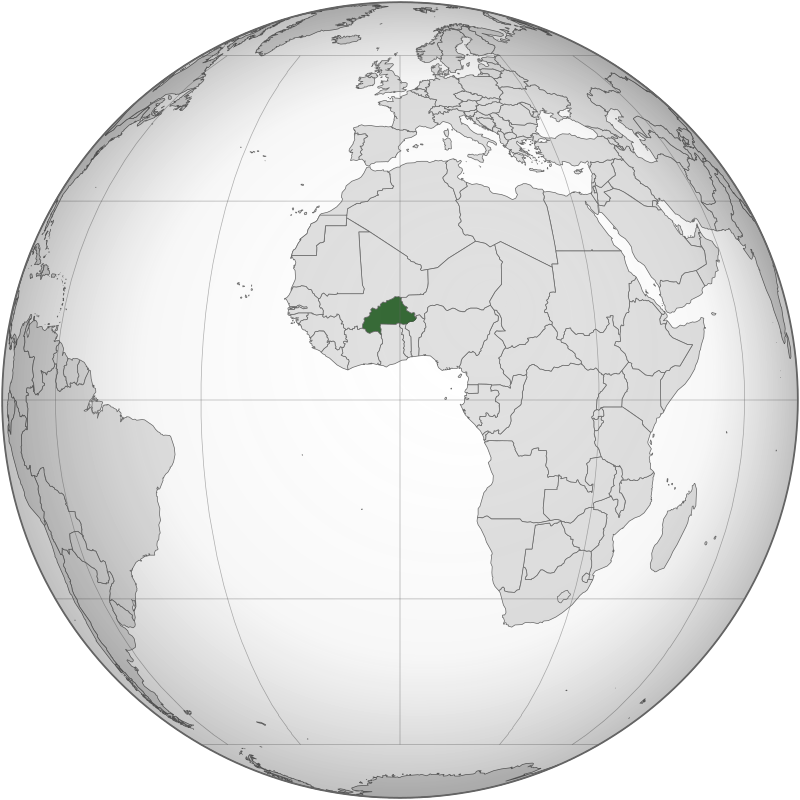
Burkina Faso is a landlocked country in West Africa. The country is both in the Eastern and Western hemispheres, stretching from over 5 degrees west longitude to over 2 degrees east longitude near its border with Benin and Niger.
4. Colombia

Colombia is a country in South America that lies in both the Northern and Southern Hemispheres. The equator passes through the country, meaning that Colombia’s landmass is divided between the two hemispheres. This unique location gives Colombia a diverse range of climates, from tropical rainforests to high-altitude regions, all influenced by its position across hemispherical lines.
5. Democratic Republic of the Congo

The Democratic Republic of the Congo (DRC) is a large Central African country that spans both the Northern and Southern Hemispheres. While most of the country is located in the Southern Hemisphere, the equator runs through the northern part of the DRC. This division has significant implications for its climate, biodiversity, and ecosystem, especially in the Congo Rainforest, which is the second-largest tropical rainforest in the world.
6. Denmark

Denmark’s mainland lies entirely in the Northern Hemisphere. However, Denmark also controls Greenland, which is a large island located in the Northern Hemisphere, but it stretches far enough west into the Western Hemisphere. Greenland’s position makes Denmark a country that lies in both the Eastern and Western Hemispheres due to the unique geography of the island.
7. Ecuador

Ecuador is perhaps the most iconic country when it comes to spanning the Northern and Southern Hemispheres. The equator runs directly through the country, giving it the name Ecuador, which means “equator” in Spanish. Ecuador’s mainland lies in both hemispheres, while its Galápagos Islands, located off the Pacific coast, lie in the Southern Hemisphere, further emphasizing the country’s unique geographical location.
8. Equatorial Guinea

Equatorial Guinea is a small country located on the west coast of Central Africa. The country’s mainland, Río Muni, is entirely in the Northern Hemisphere, however the island of Annobón is south of the equator, making the country both in the Northern and Southern hemispheres.
9. Fiji
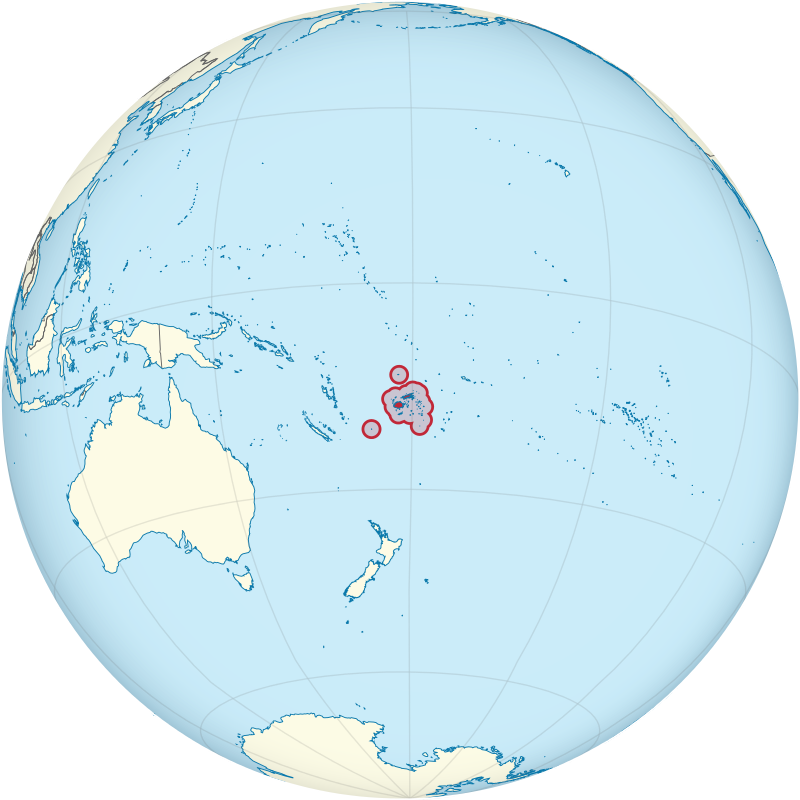
Fiji is an island nation in the South Pacific, located in both the Eastern and Western hemispheres. The 180 degree Meridian Line or Fiji International Dateline is a famous landmark that runs through Taveuni. Fiji’s geographic position provides the country with diverse cultural and natural landscapes, with tropical climates across its islands.
10. France

France is a European country that spans both the Northern and Southern Hemispheres as well as the Eastern and Western Hemispheres due to its overseas territories. While mainland France is entirely in the Northern Hemisphere, France’s territories like French Guiana in South America and Réunion in the Indian Ocean place France’s domain in all four hemispheres. These territories provide France with a diverse range of ecosystems and climates.
11. Gabon
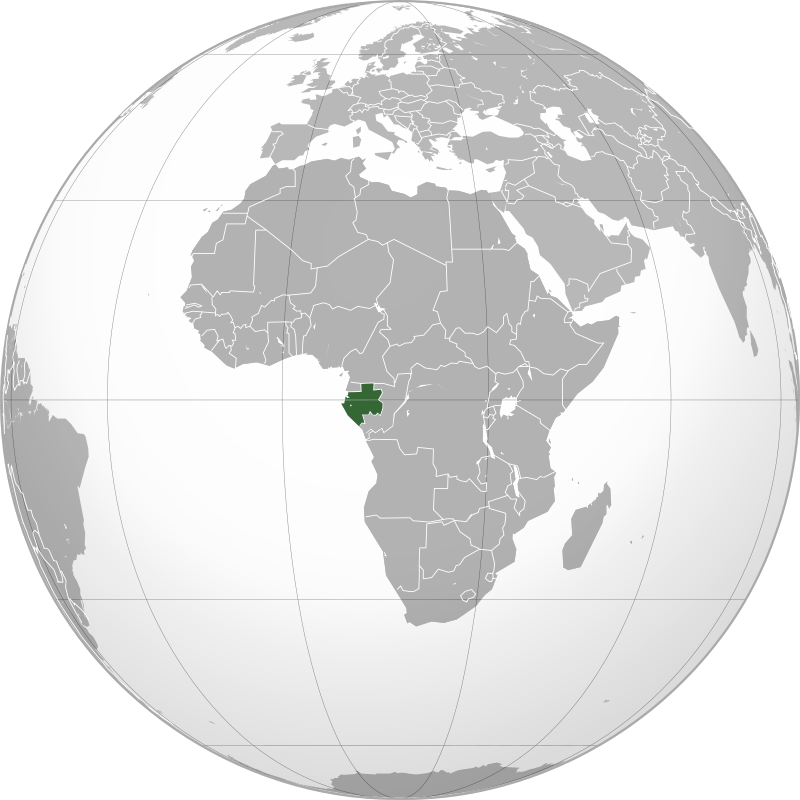
Gabon is a Central African country located mostly in the Southern Hemisphere, but the equator passes through its northern region. This position places Gabon in both the Northern and Southern Hemispheres, with the majority of its territory lying to the south of the equator. Gabon’s unique location along the equator contributes to its tropical climate and biodiversity, especially in its rainforests.
12. Ghana
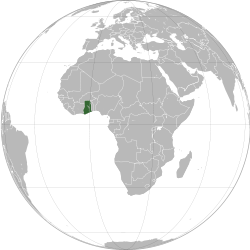
Ghana is a country in West Africa, entirely within the Northern Hemisphere, however it is split by the prime meridian. While most of the countries lies to the west of it, the capital Accra itself is divided by 0 degrees longitude.
13. Indonesia

Indonesia is a vast archipelago located in Southeast Asia and Oceania. The country spans both the Northern and Southern Hemispheres, with many of its islands, including the capital Jakarta, lying just north of the equator, and others, like parts of Papua New Guinea, extending into the Southern Hemisphere. This geographic diversity gives Indonesia a wide range of climates, from tropical rainforests to mountainous regions.
14. Kenya

Kenya, located in East Africa, lies almost entirely in the Eastern Hemisphere, with the equator passing directly through the country. This unique position places Kenya in both the Northern and Southern Hemispheres. The equator divides the country into two hemispheres, creating diverse ecosystems. Kenya is home to a wide range of wildlife, including the famous savannas of the Maasai Mara, and it experiences both tropical and temperate climates, depending on the region.
15. Kiribati
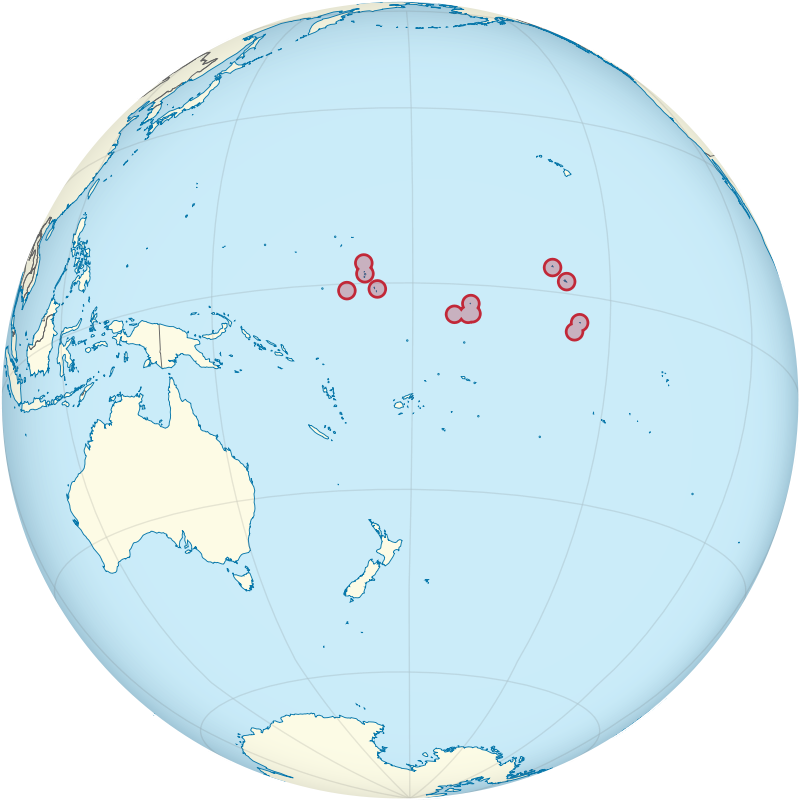
Kiribati is an island nation in the Pacific Ocean that lies in all four hemispheres: Northern, Southern, Eastern, and Western. This is due to its vast spread of islands scattered across the Pacific. Kiribati’s location makes it one of the few countries whose territory spans all four hemispheres, with islands located both to the north and south of the equator, and east and west of the Prime Meridian. Kiribati’s unique geographical positioning has made it particularly important for international timekeeping and global climate discussions.
16. Maldives

The Maldives is an island nation in the Indian Ocean, lying in both the Northern and Southern Hemispheres. The majority of its islands are located just north of the equator, but some of its southernmost islands lie in the Southern Hemisphere. This geographic positioning gives the Maldives its tropical climate, with warm temperatures year-round, making it a popular tourist destination. The country is also renowned for its coral reefs and clear waters.
17. Mali
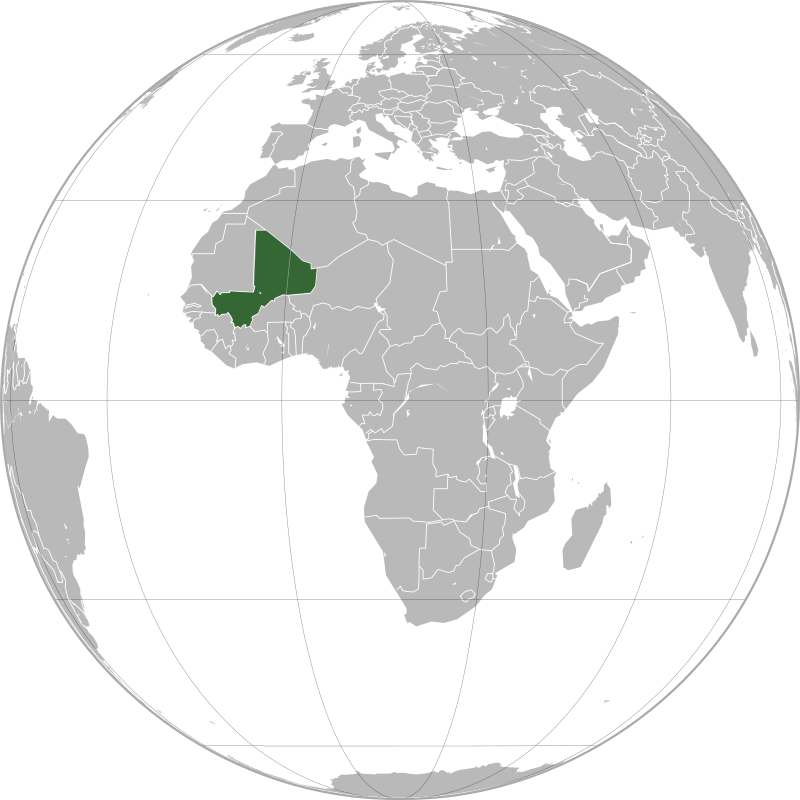
Mali is a landlocked country in West Africa, and it lies entirely in the Northern Hemisphere. However, due to its large size, it covers territory in both the Eastern and Western Hemispheres, from its border with Niger and Algeria in the east to the border with Senegal at its westernmost point.
18. Netherlands

The Netherlands mainland is located entirely within the Eastern Hemisphere. However, the country also has several overseas territories in the Caribbean, including Aruba, Curacao, and Sint Maarten. These islands are situated in the Western Hemisphere, making the Netherlands a country that straddles both. The country’s main territory experiences a temperate climate, while its Caribbean islands experience a tropical climate.
19. New Zealand

New Zealand is a country mainly located in the Eastern Hemisphere, but its territories, such as the Cook Islands and Niue, extend into the Western Hemisphere. This makes New Zealand a country that lies in both hemispheres. While the country’s mainland enjoys a temperate climate, the Pacific islands experience tropical conditions. New Zealand’s diverse geography includes mountains, beaches, and rainforests, providing varied climates and ecosystems.
20. Norway

Norway’s mainland is located entirely in the Northern Hemisphere, but the country also has sovereignty over Bouvet Island, far in the Southern Hemisphere. It is a subantarctic volcanic island, situated in the South Atlantic Ocean at the southern end of the Mid-Atlantic Ridge, and is the world’s most remote island.
21. Republic of the Congo
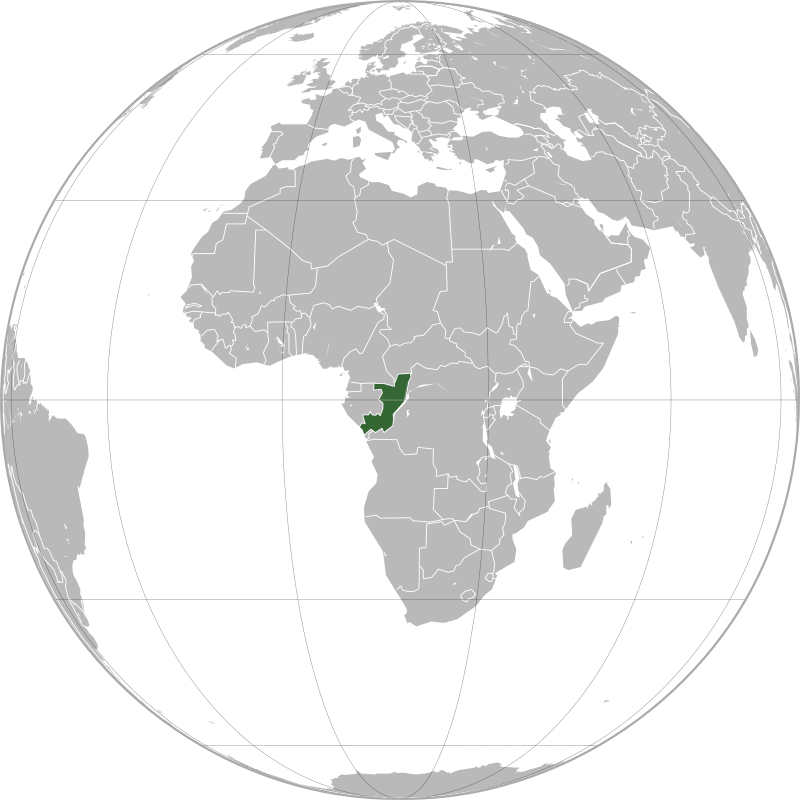
The Republic of the Congo is located in Central Africa and is primarily situated in the Southern Hemisphere. However, the equator runs through its northern regions, which gives the country the distinction of lying in both hemispheres. The country’s climate is predominantly tropical, with extensive rainforests in the central region and coastal plains along the Atlantic Ocean.
22. Russia

Russia is the largest country in the world, spanning both the Eastern and Western Hemispheres. It stretches across Europe and Asia, with its territory extending into the Arctic Circle and even bordering the Pacific Ocean. The country’s vast size means that it covers a wide range of climates, from Arctic tundra in the north to temperate forests and steppes further south. Russia’s location also puts it near both the Prime Meridian and the International Date Line, adding to its hemispherical significance.
23. São Tomé and Príncipe

São Tomé and Príncipe is an island nation in the Gulf of Guinea, off the coast of Central Africa. The country’s two main islands lie north of the equator, placing it predominantly in the Northern Hemisphere. However, Rolas Island lies just south of the equator, within the Southern Hemisphere.
24. Somalia
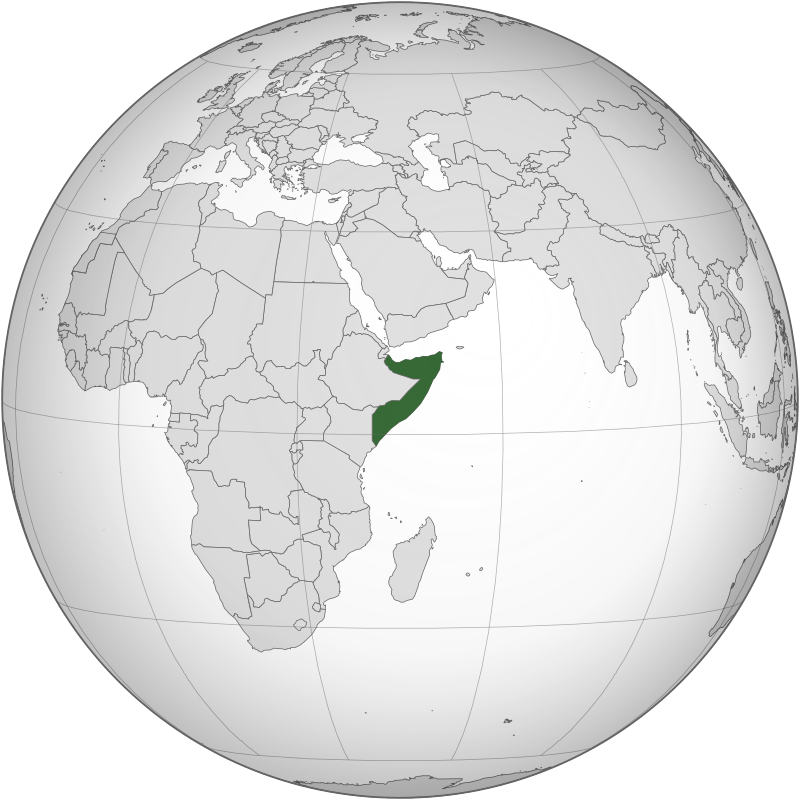
Somalia is a country located in the Horn of Africa. It lies almost entirely in the Northern Hemisphere, with its coastline bordering the Indian Ocean. However, the southernmost part of the country is situated just south of the equator, meaning it is positioned in both the Northern and Southern Hemispheres. Somalia’s location gives it a hot, arid climate in the north and a more temperate, tropical climate in the southern parts, especially along its coast.
25. Spain

Spain is located in the Southern part of Europe, entirely in the Northern Hemisphere, but split by the prime meridian. It also has several territories in the Western Hemisphere, such as the Canary Islands off the northwest coast of Africa. The mainland experiences a Mediterranean climate, while the Canaries enjoy a subtropical climate.
26. Togo

Togo is a small country in West Africa, with its territory lying entirely in the Northern Hemisphere. It is split by the prime meridian and contains area in both the Eastern and Western Hemispheres.
27. Tuvalu
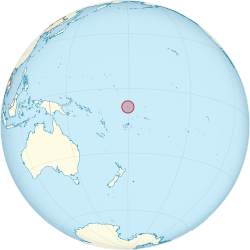
Tuvalu is a small island nation in the Pacific Ocean that lies almost entirely in the Eastern Hemisphere. However, a small portion of the country’s maritime territory lies across the 180 degree longitude line, placing it in both the Eastern and Western Hemispheres. Tuvalu is also one of the smallest countries in the world, with its islands facing rising sea levels due to climate change.
28. Uganda

Uganda is a landlocked country in East Africa. The equator runs through its southern part, which divides the country into both the Northern and Southern Hemispheres. Uganda experiences a tropical climate with high temperatures throughout the year, particularly in the lowland regions. The position of Uganda along the equator contributes to its fertile soils and abundant wildlife, including the famous mountain gorillas found in the Bwindi Impenetrable Forest.
29. United Kingdom

The United Kingdom is located entirely in the Northern Hemisphere. However, its overseas territories, such as the Falkland Islands, Gibraltar, and Bermuda, stretch into the Southern Hemisphere. The country itself is also divided by the prime meridian into the Eastern and Western Hemispheres. Its territories contribute to the UK’s geographical presence in both hemispheres. While the UK experiences a temperate climate, its overseas territories have tropical or subtropical climates, adding diversity to the nation’s global presence.
30. United States

The United States spans both the Northern and Western Hemispheres, with its mainland lying entirely in the Northern Hemisphere. However, the U.S. also has territories like Guam in the Pacific, which lies in the Eastern Hemisphere. The U.S. experiences a wide variety of climates, ranging from the Arctic conditions of Alaska to the tropical climate of Hawaii and Puerto Rico.




